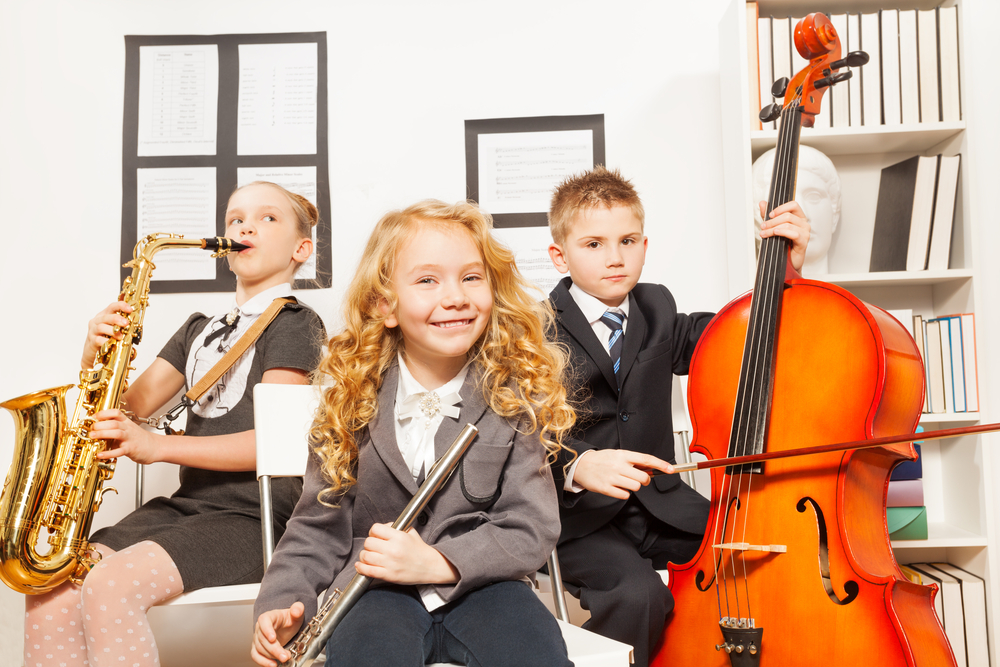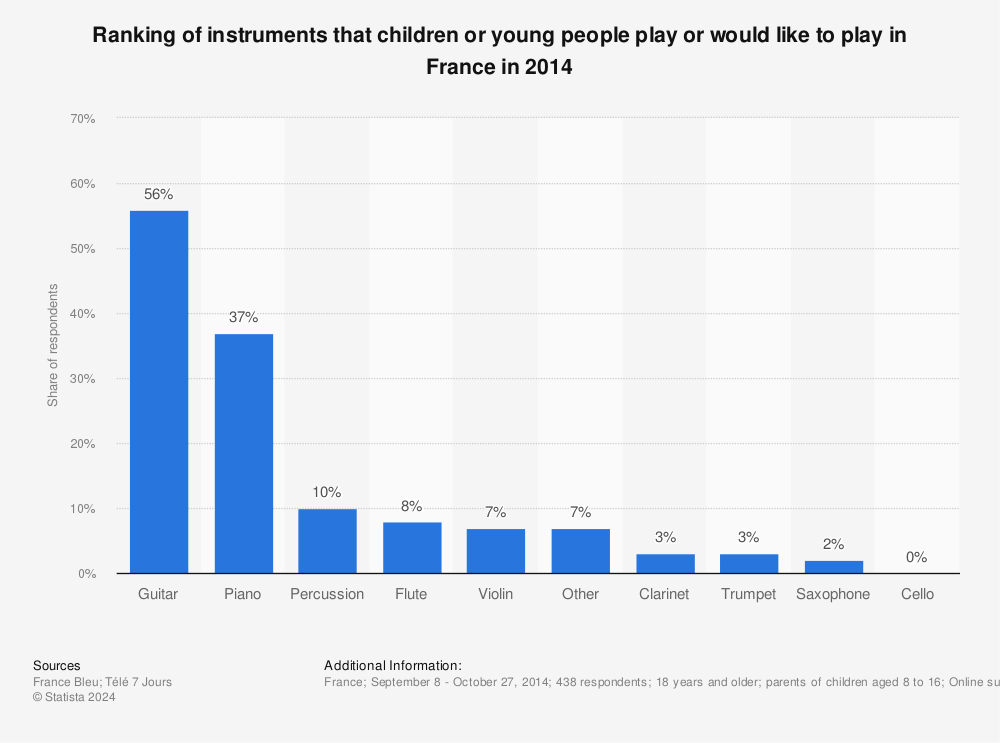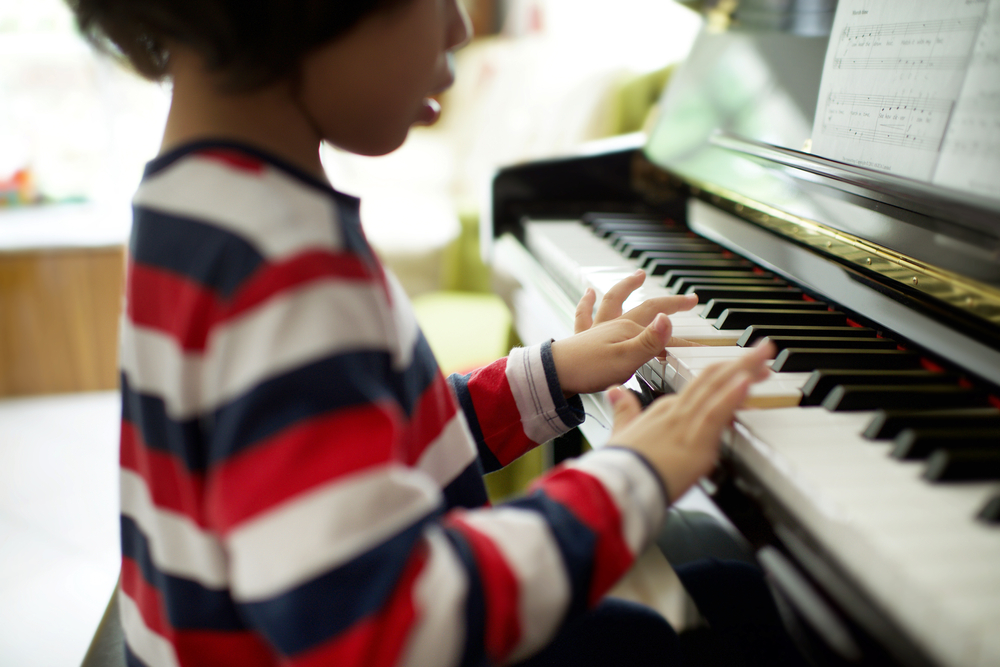It’s no surprise, then, that parents often feel overwhelmed when it comes to making this choice. But fear not, for this guide aims to help you navigate through this maze by highlighting the key factors you should consider. While musical classes for toddlers are a great way to introduce your child to the joy of music, choosing an instrument requires a more targeted approach.
Understanding your child’s interest
The best starting point is to consider your child’s own preferences. There’s no point in selecting an instrument your child has no interest in, as this is a surefire way to discourage enthusiasm and dedication. Speak with your child, gauge their interests, and encourage them to explore a variety of musical options before settling on an instrument.
Size matters
When it comes to musical instruments, size also matters. While your five-year-old may be enthusiastic about playing the tuba, the reality of manoeuvring an instrument that’s almost as big as they are can be quite de-motivating. Instruments like the violin, flute and keyboard are generally more suitable for younger children due to their manageable size.
Budget constraints
Musical education is not only about buying an instrument but also involves ongoing costs such as lessons, instrument maintenance and sheet music. More elaborate instruments like the piano or French horn come with hefty price tags, not just for the initial purchase but also for upkeep. Make sure you have a clear understanding of your budget before you commit to any instrument.
Think Long Term
Although it’s tempting to focus on immediate costs and challenges, remember that learning an instrument is a long-term commitment. Is this an instrument your child can grow with? Can it offer them different genres and styles to explore as they mature musically? An instrument like the piano or the guitar allows for a broad range of musical styles and is likely to keep your child engaged for years to come.
Some instruments are naturally louder than others. Drums, brass instruments, and even some woodwinds, can be particularly noisy, which might be an issue if you live in an apartment or a house with limited sound insulation. Before making a choice, consider your living situation and whether the instrument’s volume would be feasible in your home situation.
Once you’ve narrowed down your choices, the next step is to allow your child to have a hands-on experience; a try out. Many music shops offer trial lessons, or you could rent an instrument for a short period to see if it resonates with your child. This trial phase can be incredibly useful in helping to solidify the important decision.
Naxos MusicBox is a new resource aimed at students in Junior and secondary schools, and it provides full length audio and video examples with engaging and comprehensive music theory resources. It also showcases a wide library of the world’s greatest composers.
Choosing the right musical instrument for your child is a big decision, one that requires thoughtful consideration of various factors, including size, cost, and long-term engagement. Most importantly, however, the choice should align with your child’s interests and passions. After all, the ultimate goal is to cultivate a lifelong love of music.










